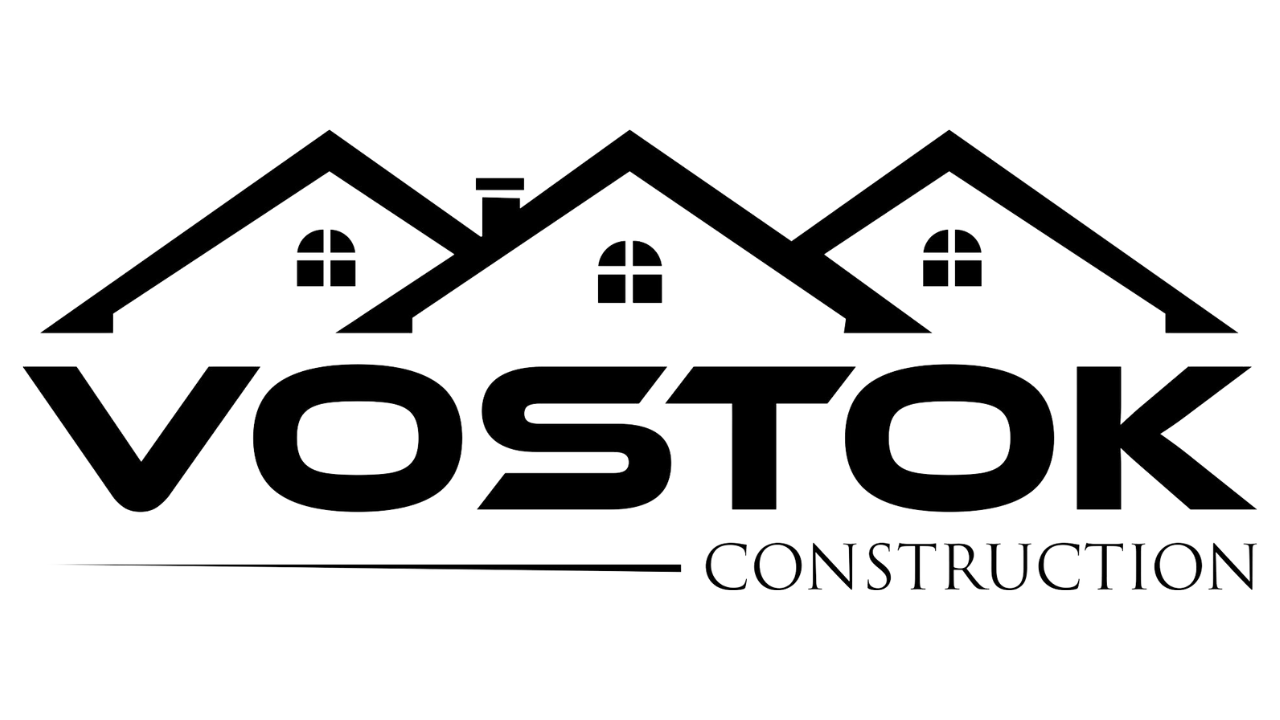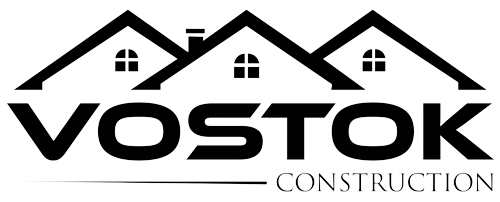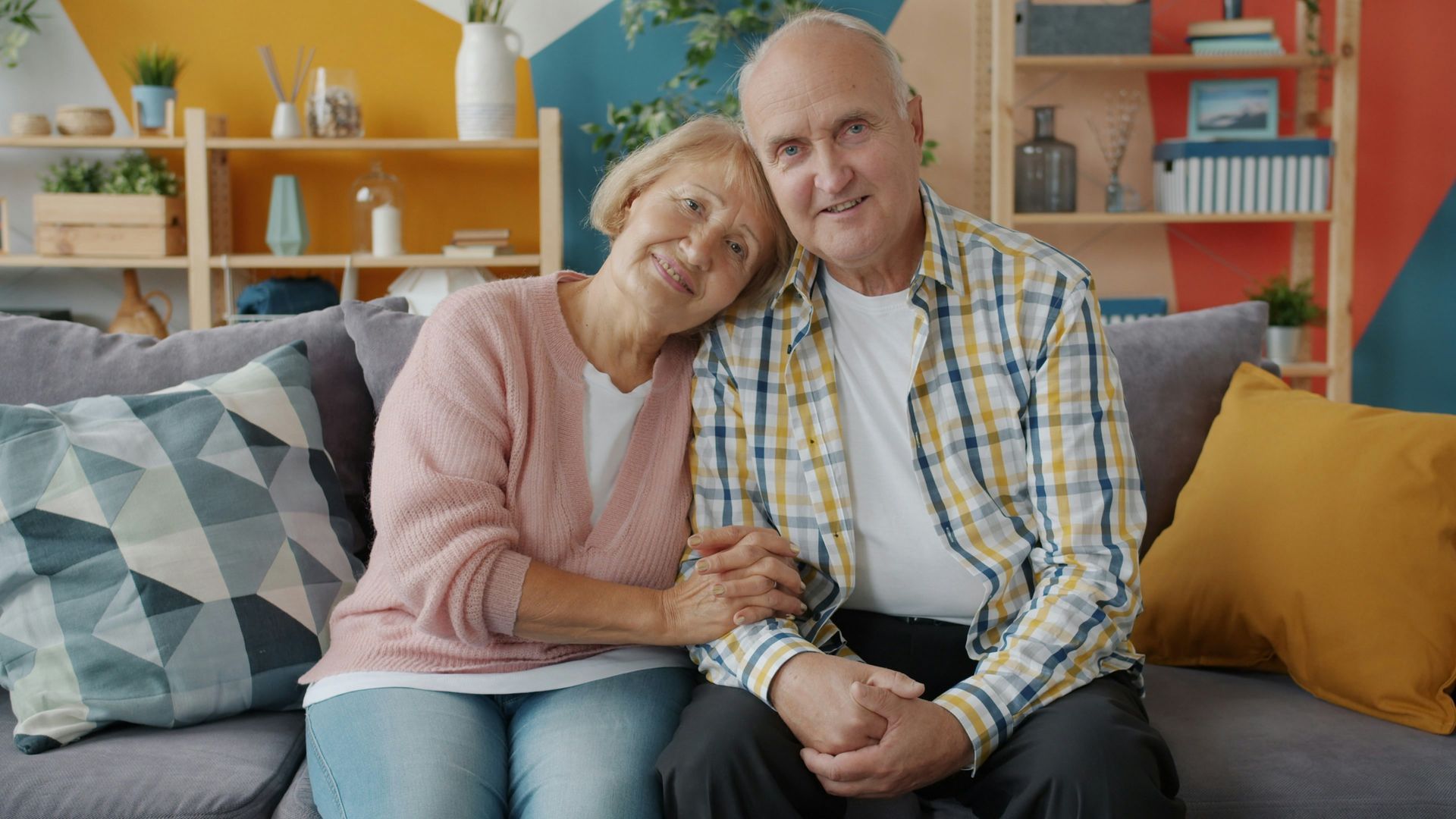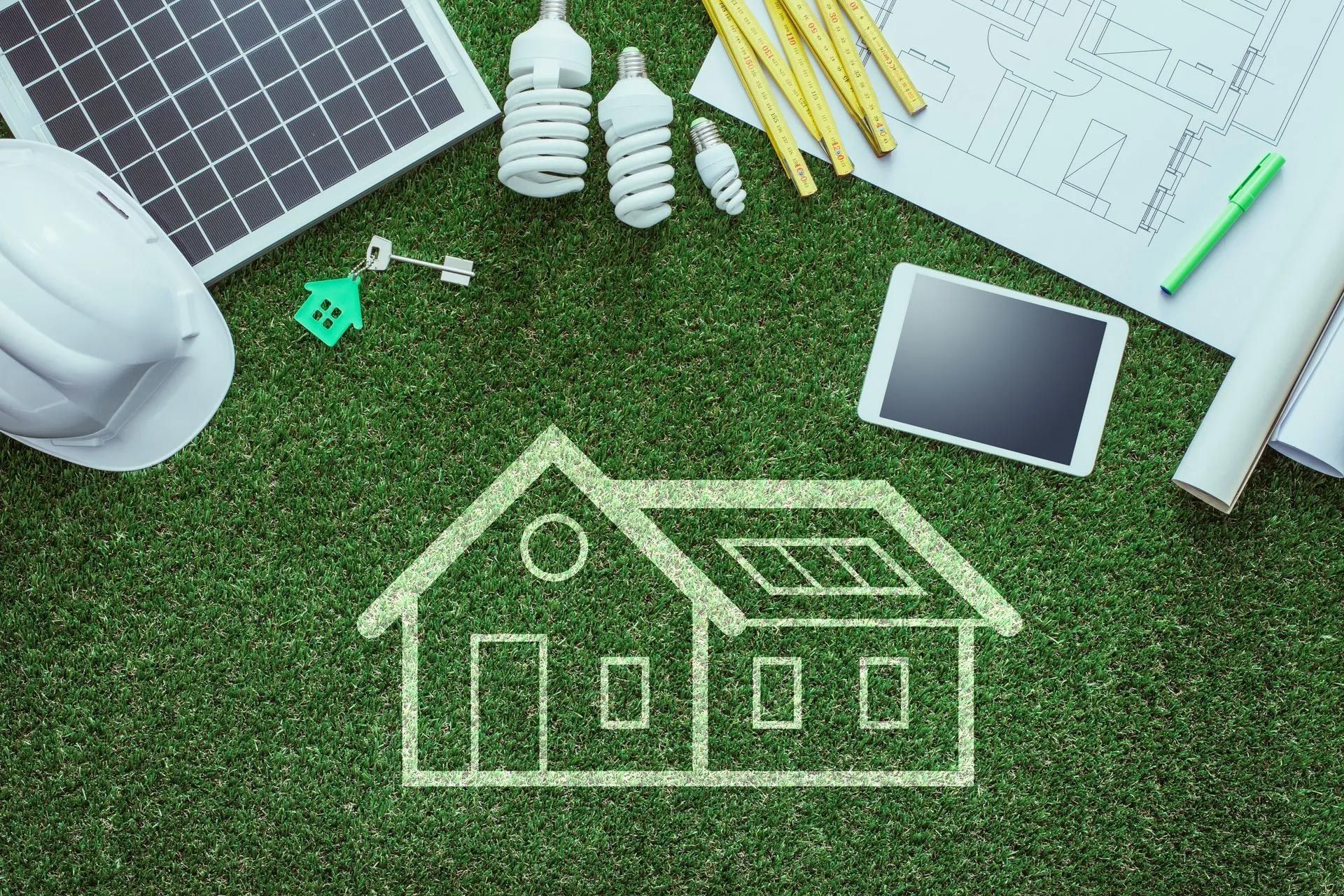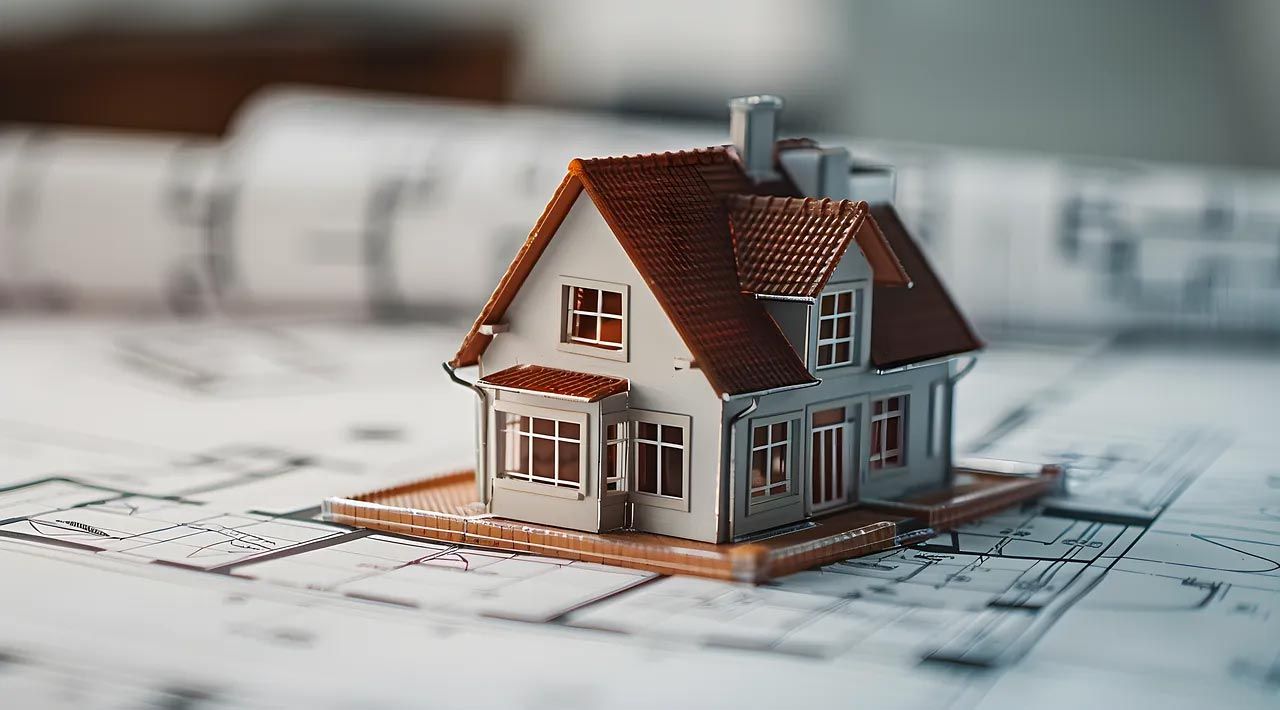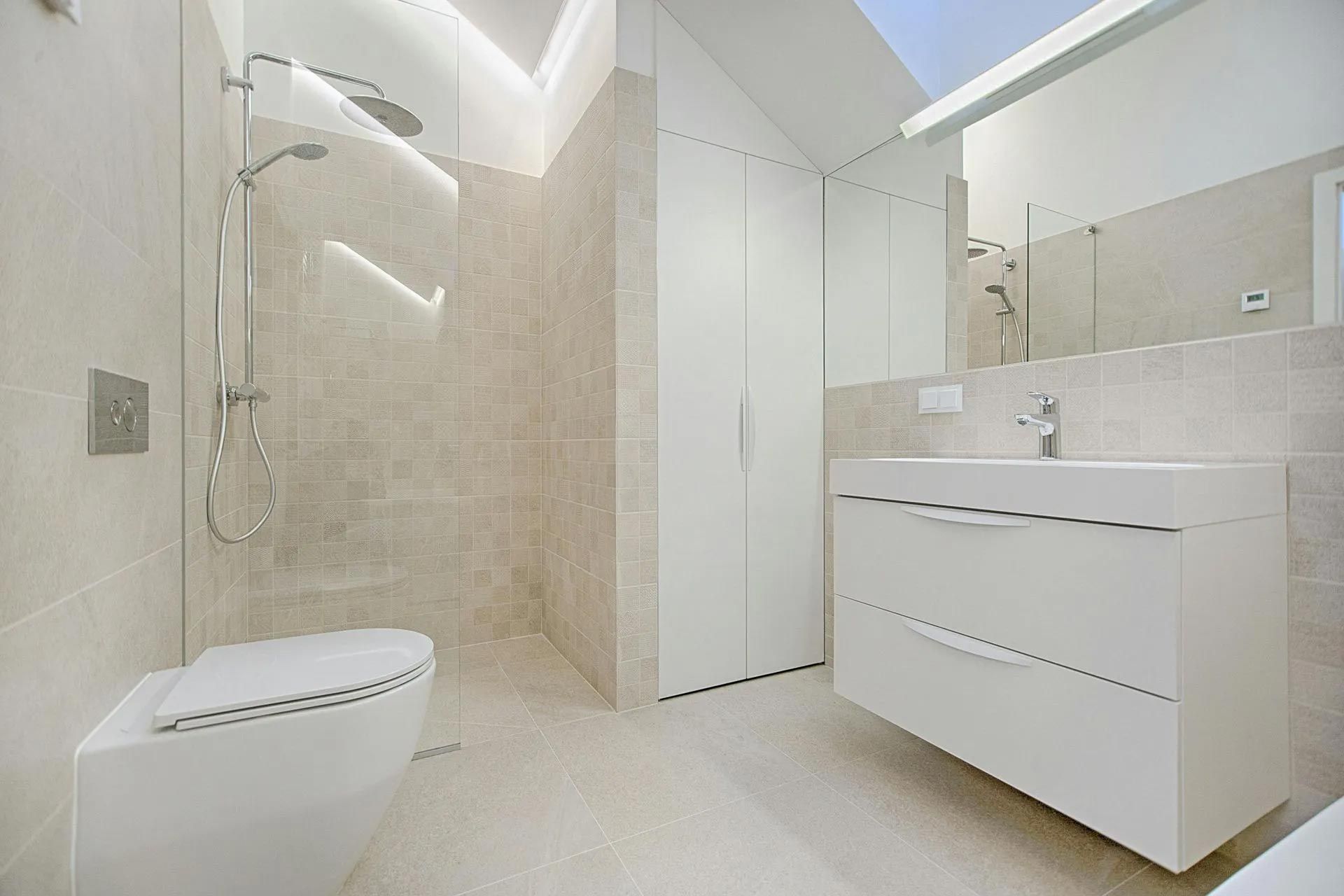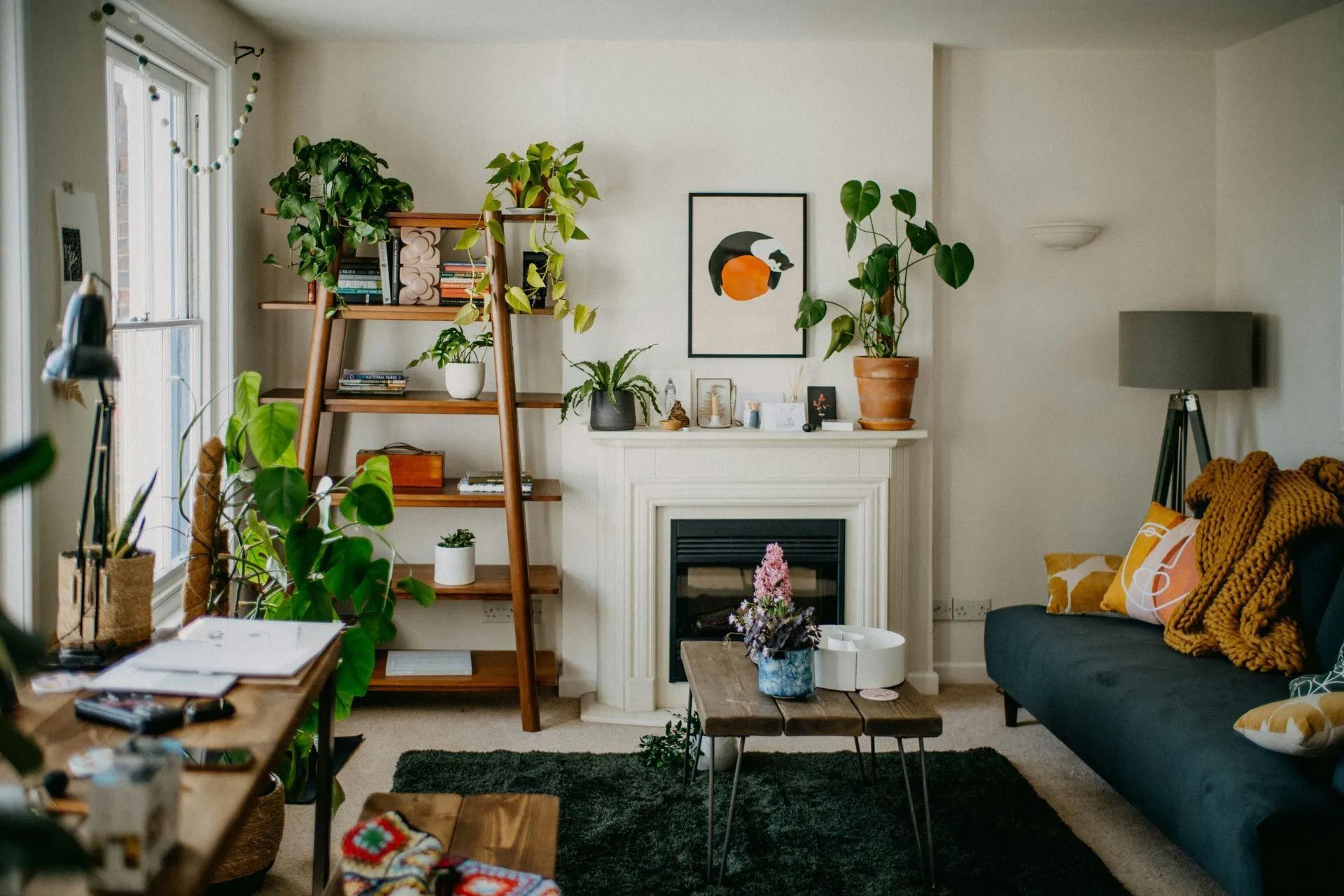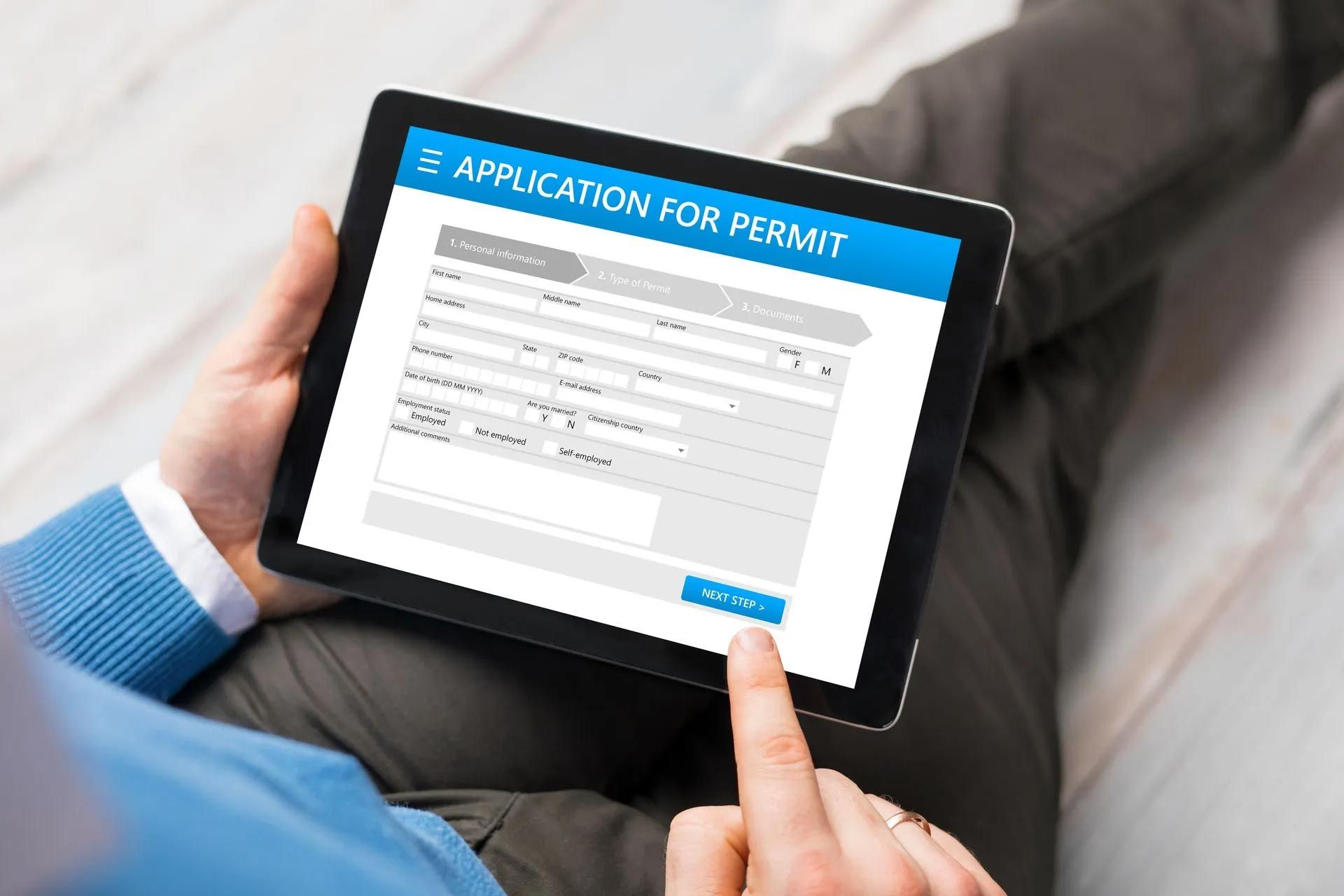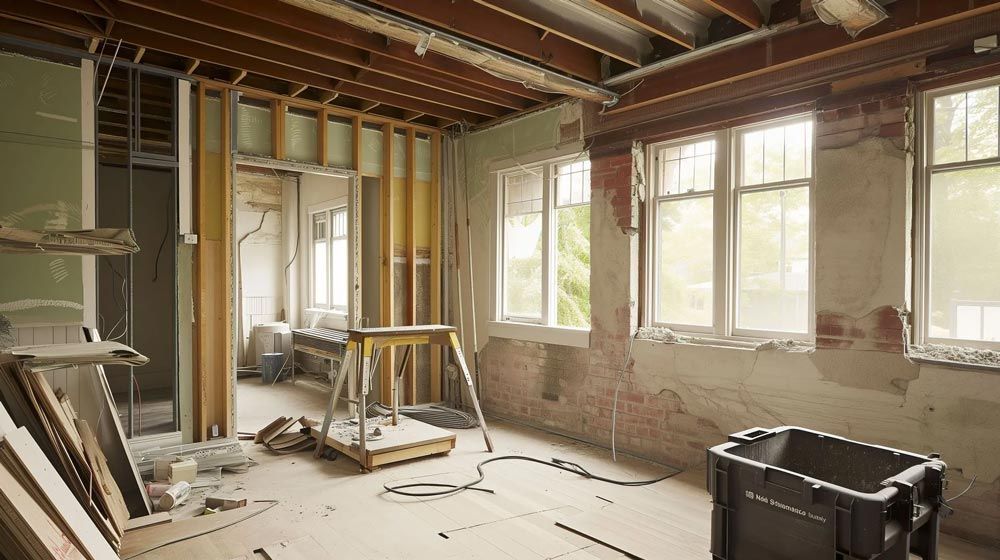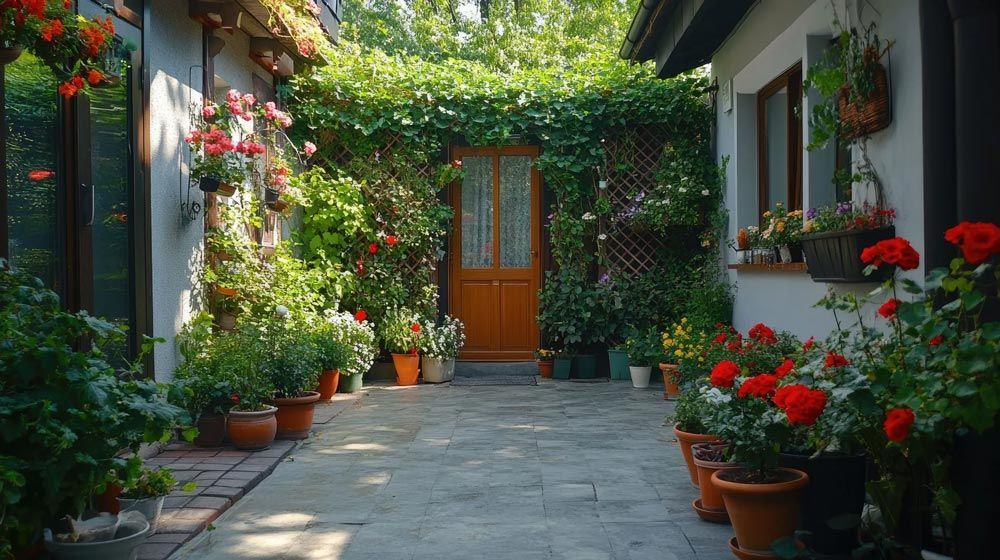How Accessible Design Enhancements Can Improve Everyday Living
Homes should be comfortable, beautiful, and welcoming to everyone who lives in them or comes to visit. That is the promise of accessible design: thoughtful details that make daily life easier for people of all ages and abilities—without sacrificing style. Below, we’ll explore practical, elegant upgrades for entries, circulation, kitchens, baths, lighting, and technology—plus how to plan a project that aligns with codes, budget, and your long-term goals.
Why Accessibility Belongs in Every Remodel
Accessible design is not limited to wheelchair users or clinical settings. It’s about reducing friction in everyday routines—fewer trip points, easier-to-operate fixtures, better lighting, and smarter storage all add up to a calmer home. These choices also support “aging in place,” a priority for many families. A significant majority of adults 50+ want to remain in their homes as they age, citing independence and familiarity as key reasons for staying put.
Accessible upgrades are also a meaningful safety investment: the CDC notes that one in four Americans aged 65+ experiences a fall each year, and falls are the leading cause of injury-related death among older adults. More broadly, the CDC finds that 28% of U.S. adults live with some type of disability, underscoring how common diverse accessibility needs are.
With this context, it makes sense that universal design principles—designing for the broadest range of users—have moved into the mainstream for residential projects. They make homes more livable for everyone, not just for those with a current mobility or sensory disability.
Entryways and Circulation that Welcome Everyone
A home’s welcome starts at the curb. Gentle, well-lit approaches with stable, slip-resistant surfaces reduce risks in wet or dark conditions. Where grade changes exist, a ramp with a comfortable slope, solid handrails, and protected landings can blend seamlessly into the landscape. Covered entries, wider exterior doors, and low or beveled thresholds reduce lifting and stepping requirements while keeping weather out.
Inside, think about how people and furniture move through the home. Wider halls and doorways create a calmer flow for strollers, walkers, and wheelchairs, and they also make moving groceries, laundry, and luggage easier. Clear floor spaces at room transitions and around key destinations—like the refrigerator, sink, and main seating areas—help everyone navigate without awkward maneuvers.
Kitchen Enhancements that Improve Comfort and Control
The kitchen is a daily-use space where small changes have big impact. For cabinetry, full-extension drawers, pull-outs, and lazy Susans bring contents into easy reach so you’re not crouching or overreaching. D-shaped or tab pulls and lever-style faucets are easier to grasp than small knobs. Contrasting countertop edges can help with depth perception, while non-gloss finishes reduce glare.
Bathroom Upgrades that Feel Like Spa Features
Today’s best bathroom accessibility features read as elevated design details. A curbless, tiled shower with a linear drain provides a sleek, open look and eliminates a trip point. Built-in blocking in the walls lets you add or adjust grab bars as needs change; modern grab bars come in finishes and profiles that coordinate with your fixtures and look intentionally designed. A handheld shower on a sliding rail, a thermostatic mixing valve for scald protection, and a sturdy, attractive bench all contribute to a spa-like, safer experience.
Seamless Smart Home Technology that Supports Independence
Smart technology is most effective when it quietly serves daily routines. Voice- or app-controlled lighting scenes, motorized shades, and thermostats make common tasks easier from a seated position or for anyone with mobility or dexterity limitations. Video doorbells and smart locks let you see and grant entry without rushing to the door.
For hearing accessibility, consider smoke and CO alarms that offer visual strobe alerts or smartphone notifications in addition to audible alarms. In the bath, smart leak sensors provide early warnings that can prevent water damage.
Design Without Compromise: Style-Forward Accessibility
Accessible design should feel like an intentional design choice, not a medical necessity. Materials and fixtures now come in a wide range of finishes and profiles that align with any aesthetic. From matte black grab bars that echo your faucet finish to low-profile linear shower drains and glass panels that emphasize clean lines, your accessibility plan can be a style upgrade.
Color and contrast play important roles, too. Subtle contrasts between floors, walls, and countertops can improve depth perception without abandoning your palette. Thoughtful millwork—like wider, cased openings or pocket doors with handsome pulls—looks architectural while delivering practical benefits.
Budgeting, Phasing, and Future-Proofing
Many accessibility enhancements can be incorporated during a standard remodel at a modest incremental cost—especially when planned up front. For example, widening a doorway while you’re already reframing a wall, adding wall blocking during drywall work, or substituting a low-profile threshold often has little impact on total budget but pays dividends for decades. If you’re not ready for a full bathroom rework, planning for a future curbless shower by adjusting plumbing locations and floor structure today can save you from a major tear-out later.
Start with a Home Accessibility Assessment
Every household is unique, which is why an in-home evaluation is so valuable. We’ll look at how you enter and move through your home, the tasks you do most often, and the spaces that cause friction. From there, we’ll develop an integrated plan that balances layout, fixtures, lighting, and technology—making sure every change supports safety, comfort, and aesthetics.
If you’re considering an accessibility-focused remodel in the Greater Sacramento area, our team is ready to help. Explore our services, and contact us to schedule a consultation.
By bringing accessible design to the forefront, you create a home that feels better to live in today and adapts gracefully to tomorrow. That’s the kind of investment that pays off in everyday ease—and in long-term peace of mind.
